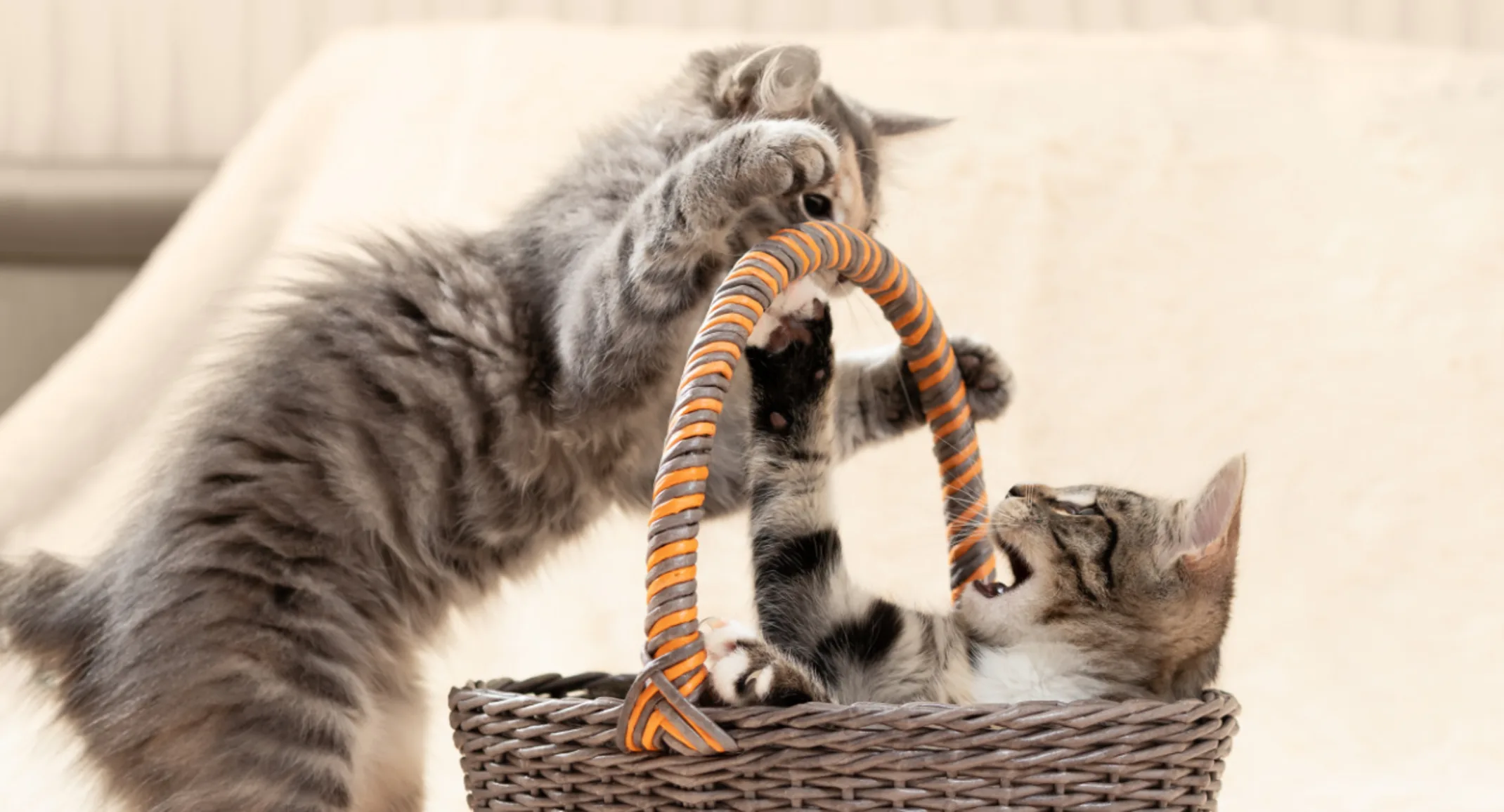The Do’s and Don’ts of Kitten Care During Peak Season
Cats

Have you ever found a kitten or a litter of kittens without its mother? Many people do every kitten season, but it isn’t always the best idea to scoop up those kittens and take them with you. Sometimes the kittens’ mothers are nearby or foraging for food and will be back. Other times, the kittens could be in danger.
In the first situation, it’s best to leave the kittens where they are because they’re going to do far better with their mother than without. In the latter situation, your intervention could save their lives.
The question is: can you tell which is which and do you know what is involved in kitten care if you do rescue them?
First things first, though. Let’s talk about kitten season. While kittens can be born any time of year, statistically most births occur from April to October. Areas that are warmer have longer kitten seasons than areas that are colder. Here in the Gulf South, kitten season can start as early as the beginning of March! Thinking about “kitten season” may bring images of cute, bouncy kittens to mind, but in reality, it is anything but cute. You see, it’s estimated that around 20 million kittens will be born this spring alone, and there simply are not that many homes for them. Because there aren’t enough homes, shelters, and rescues are pushed to maximum capacity and beyond by kittens brought in by well-meaning people who find “abandoned” litters and want to help them. Sadly, shelters and rescues don’t have the resources for kitten care (many of whom still need to be nursed), and many of them are euthanized.
Now I’m sure you’re asking yourself, “But what am I supposed to do if I find abandoned kittens?” The answer is that the first thing you should do is ensure that the kittens really have been abandoned. This is a critical question to answer because kittens have much better odds of survival with their mother than without her. While mother cats do spend the majority of their time with their babies, they still have to eat and will leave their kittens alone – sometimes for a few hours – while they forage. Barring tragedy, they always come back to their kittens in time to feed them. In order for you to determine whether Mom is coming back or not, you may need to stay and watch the kitten's nest. You can’t stand too close, though. If you’re hanging around, Mom won’t come back. You need to be at least 30-40 feet away from the kittens! If mom doesn’t come back after several hours, you can then determine your next step.
Before taking on kitten care, be sure to ask yourself if the kittens are in immediate danger. If not, it may be worth it to wait longer and see if Mom just got delayed. After all, her milk is the best food for them. If the kittens are in danger, possibly from passers-by, dogs or other cats or wild animals, traffic, heat/cold/rain, etc., then you should rescue them. However, you need to be ready to see the rescue through to the kittens’ adoption! Remember, shelters and rescues this time of year are overwhelmed, and even in “normal” times they often don’t have the resources to care for nursing kittens. If you can’t find a shelter or rescue with available bottle feeders/fosters, then you will be responsible for taking on the role of “cat mom” if you want to provide the kittens with their best chance of survival. While this is easier with older kittens that are ready to be weaned, for young kittens (3-4 weeks of age and younger), providing kitten care is taxing because they must be bottle fed (nursed), stimulated, and cleaned every 2-4 hours.
You may be wondering what you can do to help the kittens even if/when mom returns to them. While it’s in their best interests to stay with her until they’re at least 8 weeks old, there are things you can do to help. First, if the kittens are at least 2 months old, you can trap them and their mom for TNR (trap-neuter-return; assuming the cats are feral). If you have the resources and the time, you may be able to socialize the kittens and get them adopted into loving homes. Mom can be spayed, vaccinated, and then returned to her outdoor range where she can live out her life as part of a cared-for feral colony. If the kittens are more than about 4 months old, they are likely too old to be socialized, but they, too, can be TNR’ed, just as any other free-roaming cat should be. Remember, preventing future litters of “abandoned” kittens is even more important than rescuing a few kittens every spring!
If you do find yourself providing kitten care through fostering or adopting, be sure to bring them to see us. Kittens that are rescued need to be dewormed and checked for any other health issues (just like all the other kittens)!
